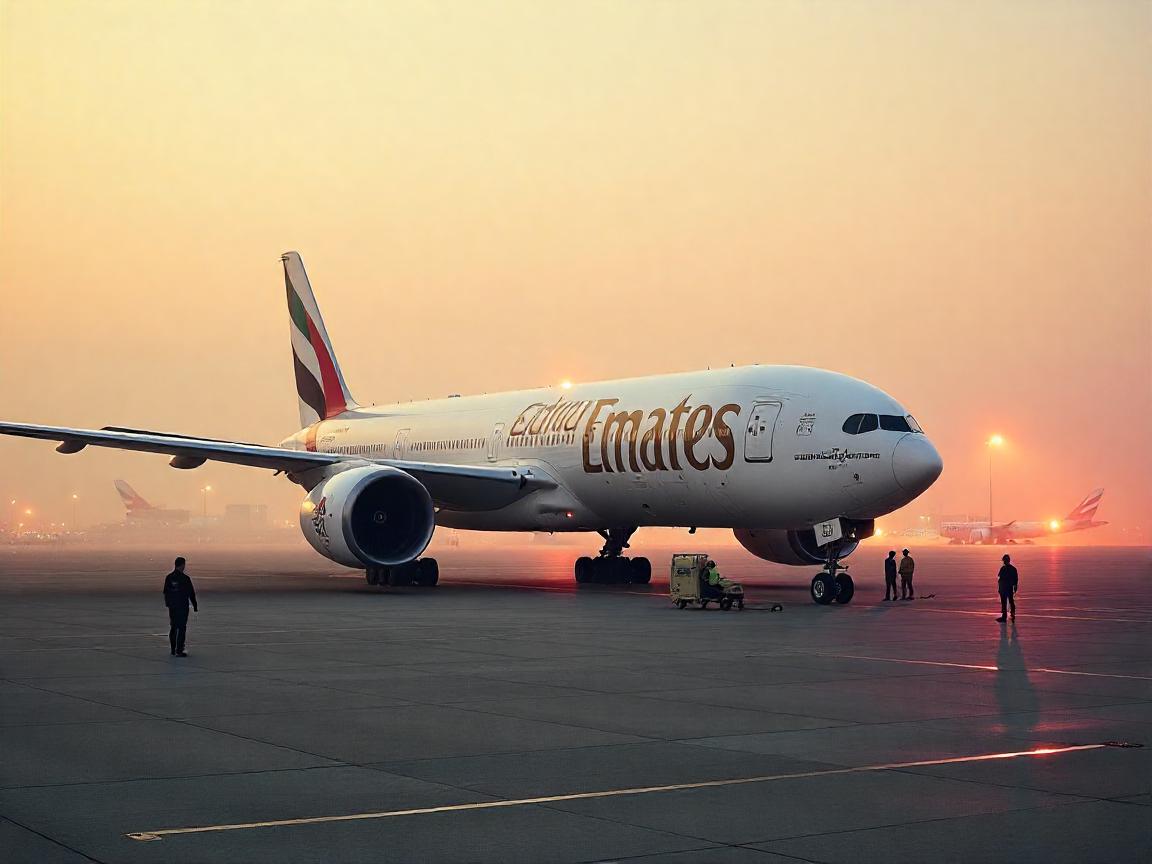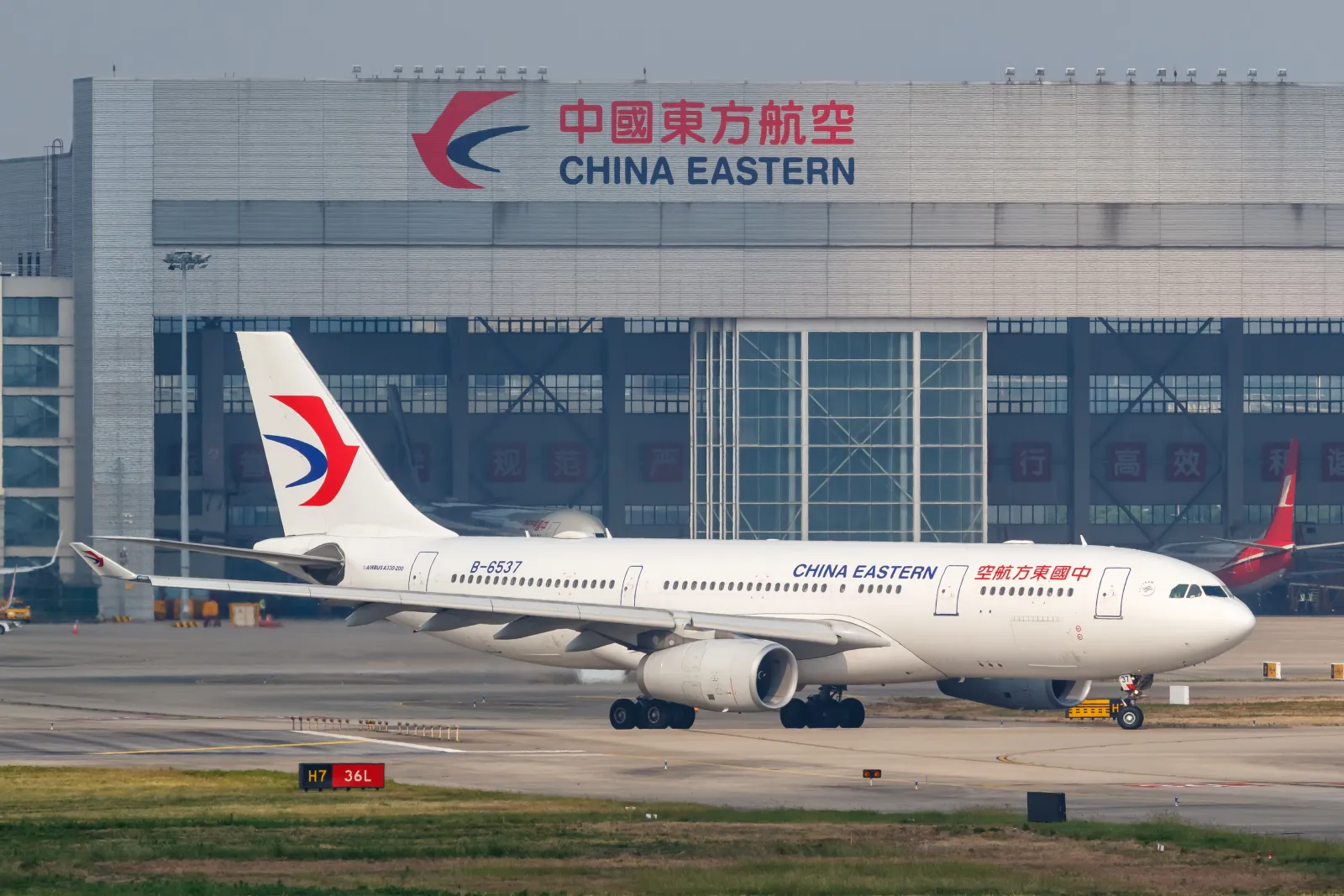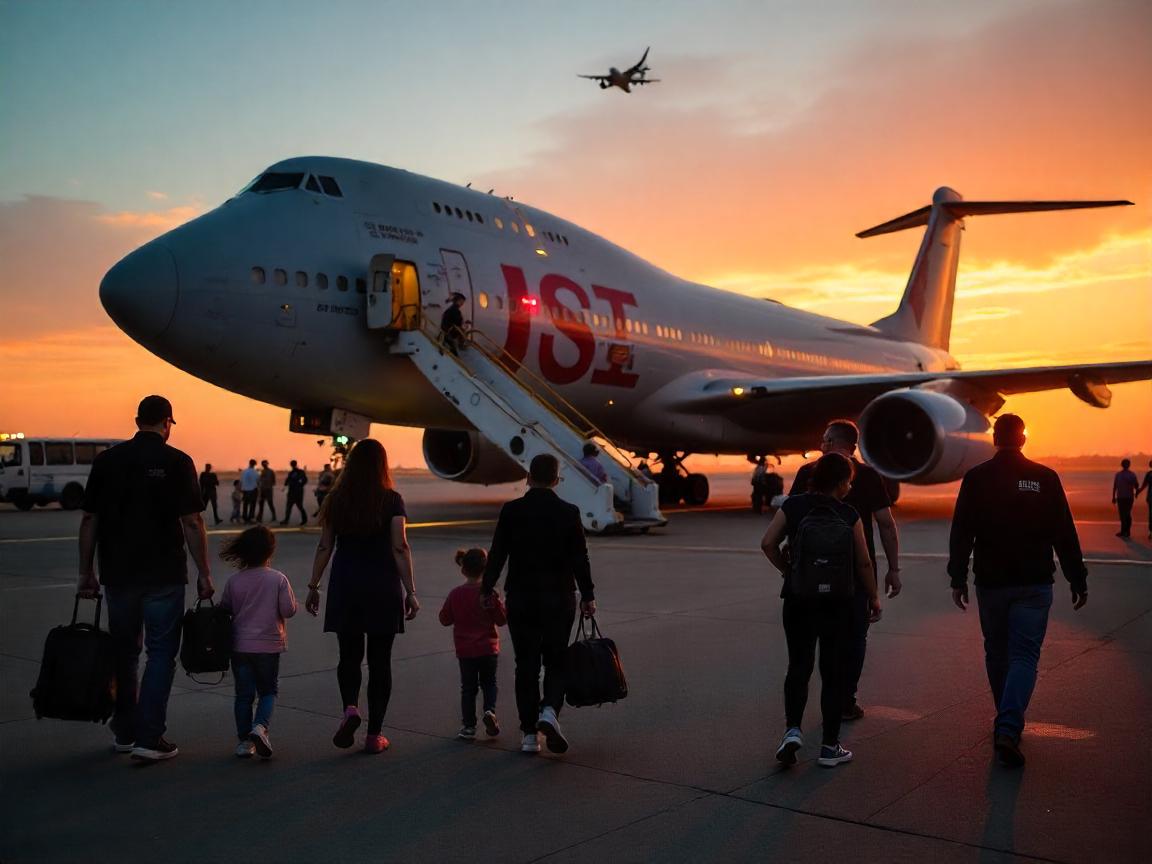Emirates Flight Stranded in Tehran Due to Iranian Airspace Closure Amid Crisis

On June 13, 2025, Emirates flight EK977, a routine service from Dubai to Tehran, landed safely at Imam Khomeini International Airport. However, what was meant to be a swift turnaround for the Boeing 777-300ER, registered as A6-EGE, quickly transformed into an unforeseen international incident. Moments after touchdown, Iran abruptly closed its airspace in response to escalating missile strikes from Israel, effectively grounding the Emirates aircraft and its multinational crew and passengers in Tehran.
This sudden closure, announced via a Notice to Airmen (NOTAM), left the 13-year-old widebody stranded without a route home. The situation rapidly escalated beyond a mere flight delay, sending shockwaves across global air corridors. While Tehran itself remained untouched by direct conflict, the geopolitical volatility transformed a standard operation into a complex logistical and diplomatic puzzle, highlighting the industry's vulnerability to real-time political disruptions.
The incident had immediate human and economic consequences. Emirates crews, typically prepared for short turnaround shifts, found themselves facing an extended and uncertain stay in a politically charged region. The aircraft, valued at over $150 million, became an immobilized asset in a potentially volatile zone, posing a significant logistical and economic dilemma for the airline. Emirates has yet to confirm plans for the repatriation of its crew, who have been stuck for days.
Across the aviation sector, this event triggered widespread concern. Airlines began scrambling to find alternate flight paths through increasingly limited corridors, and flight tracking data confirmed that EK977 remained unmoved. Dubai’s aviation hub, one of the busiest globally, faced logistical congestion due to rerouted flight paths. Other major Gulf carriers, such as Qatar Airways and Etihad, were prompted to reassess their own risk exposure and connectivity goals in the region.
The International Air Transport Association (IATA) and global regulators closely monitored developments, while travel operators went on high alert. The incident is expected to lead to a spike in travel insurance claims related to canceled flights, rebookings, and potential evacuations. More broadly, it redefines how airlines view short-haul regional operations in conflict-prone zones, indicating that routine flights can now evolve into multi-day logistical and diplomatic challenges.
Beyond airline strategy, the event also raised significant concerns for passenger confidence. As travelers grow wary of volatile routes, there's a risk of bookings shifting away from sensitive regions, even those served by premium carriers. Destinations previously considered safe for stopovers are now under intense scrutiny. The stranded Emirates aircraft in Tehran serves as a potent symbol: a stark reminder that in an interconnected world, commercial aviation is inherently tied to the gravitational pull of global conflict. With diplomatic tensions between Israel and Iran predicted to persist, governments and aviation agencies are now compelled to weigh new risk factors when assessing air corridors, and airlines must revisit their route planning, safety protocols, and crew deployment models. For Emirates and the wider aviation industry, this incident unequivocally signals a chilling reality: global air travel now navigates on far thinner ice than ever before.










